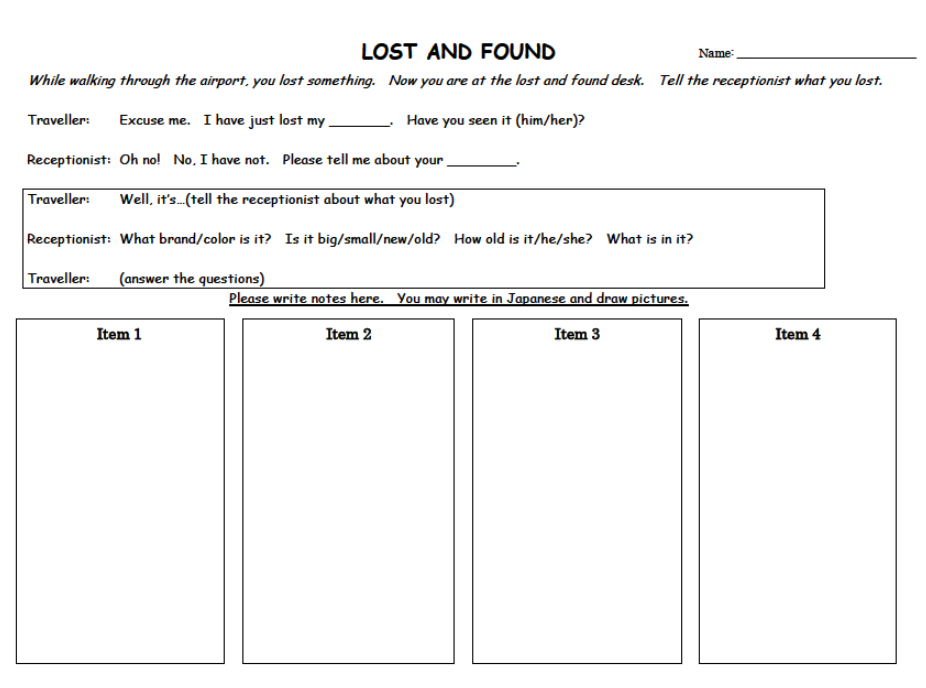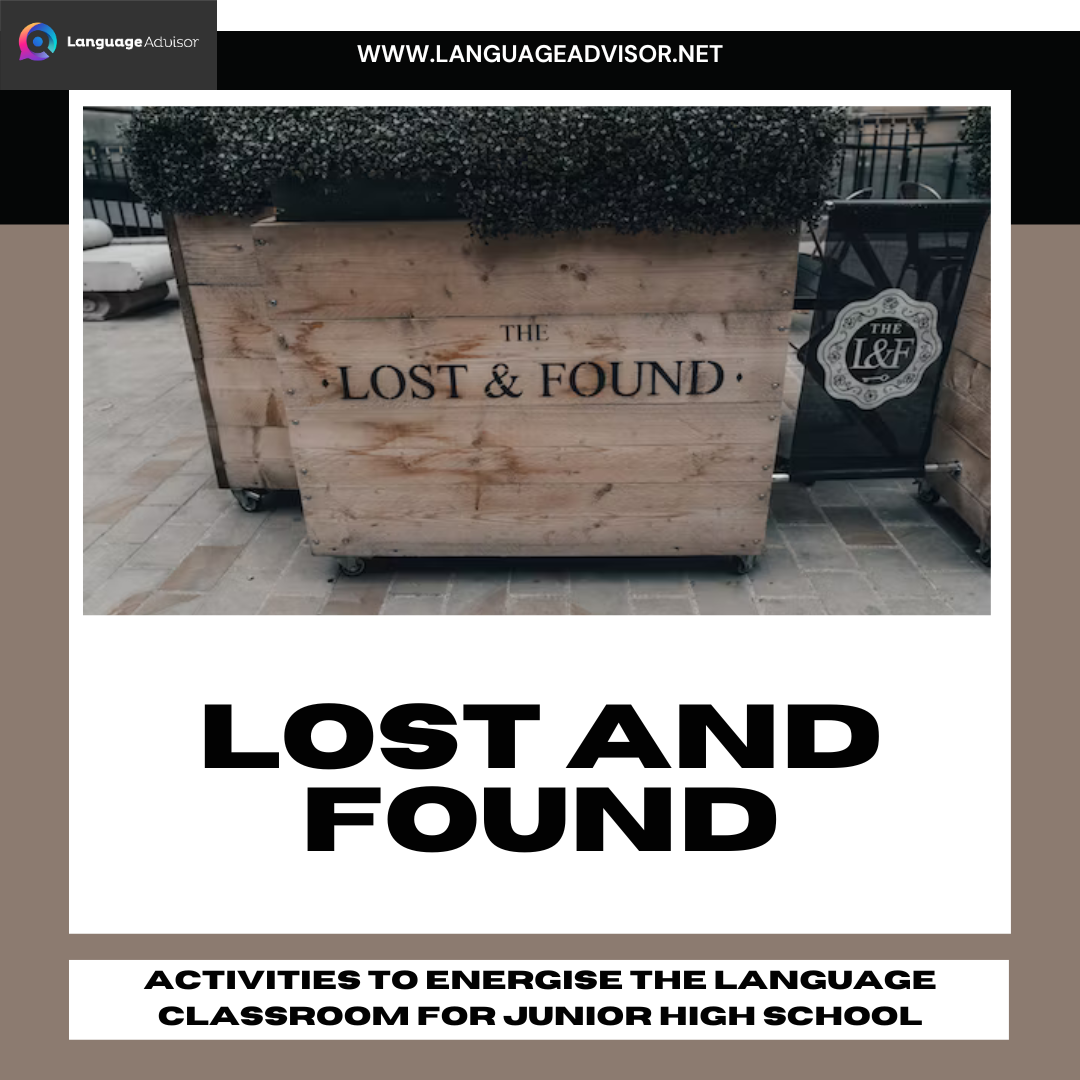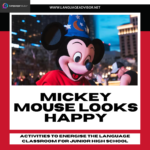LOST AND FOUND. Games and Activities to Energise the Language Classroom for Junior High School
LOST AND FOUND

Energising Language Classroom Activities for Junior High School: A Teacher’s Guide
Junior high school students often find language classes challenging, but as a language teacher, you have the power to transform these challenges into engaging learning experiences. Classroom activities are the key to achieving this transformation. These activities not only make learning enjoyable but also foster a deeper understanding of the language, leading to improved fluency and proficiency. In this blog post, we will explore a diverse range of innovative and interactive language classroom activities designed specifically for junior high school students. Whether you’re looking to enhance vocabulary retention, boost conversational skills, or make grammar lessons more enjoyable, this guide will provide you with a rich array of strategies to create a dynamic and effective learning environment for your students. Let’s embark on this journey to energize your language classroom and inspire your students to become passionate language learners.

LOST AND FOUND
Target Group: 3rd year
Difficulty Level: Conversational
Activity Objective: To practice giving descriptions and using the different forms of HAVE: standard meaning, the imperative, and experiential
LOST AND FOUND – Procedure
- Start by warming up with some questions involving different forms of “HAVE.”
- Next, imagine you’re traveling, and you’ve lost an item. In pairs, one of you will play the traveler, and the other will be the receptionist. Follow the model dialog, describe the lost item, and ask relevant questions. Only the traveler can see the item, and the receptionist can take notes in English and even draw pictures.
- Now, let’s show you how it’s done with a skit. [Demonstrate the skit.]
- Let’s arrange the desks so you’re facing each other. Show the travelers the item or picture, and then they can start the model dialog by describing the item. Receptionists, your role is to ask questions and take notes. Walk around to assist.
- Show the entire class the item. Let’s collectively describe and discuss the item as a class. Receptionists, please share your notes or drawings about the item.
- Next, switch roles and repeat the process with a new item.
- Change pairs and repeat steps 6, 7, and 8. Aim to change pairs four times.
- For the remaining time, address any questions or issues you have and acknowledge excellent work.
Materials and Preparation
Prepare model dialog and note hand-out for students to use.
Bring unique objects or print pictures for students to describe

Suggestions and Advice
If it seems the bidding for one sentence is taking a long time, the teacher can stop the bids when they deem it appropriate, or set a time limit for the bidding of each sentence. If nobody bids, move onto the next sentence. Sometimes students will keep bidding, even if they do not have enough money to make their bids. In that case, check to see if they have enough. If they do not, give the sentence to the next highest bidding team that actually has enough money. You could also set a penalty if teams try to bid more than they can pay, for example, you can take away a point, or disallow them to bid the next round.

Energising Language Classroom Activities for Junior High School
In the world of language teaching, fostering a love for learning and effective communication is our ultimate goal. By implementing these engaging classroom activities for junior high school students, you are not only enhancing their language skills but also creating an environment where curiosity, creativity, and enthusiasm thrive. As we wrap up our exploration of these energizing language activities, remember that your role as a teacher is invaluable, and your dedication to making language learning exciting and impactful is what sets the stage for your students’ future success.
So, continue to innovate, adapt, and personalize these activities to suit the unique needs and interests of your students. Watch as their confidence soars, their vocabulary expands, and their ability to communicate fluently grows. With your guidance and these engaging activities in your teaching toolbox, you are well on your way to inspiring a new generation of confident and capable language learners. The journey to language proficiency may be challenging, but with your passion and these activities, it is always an exciting one.
Happy teaching!

Also check out these articles on teaching, teaching methods and teaching tools












